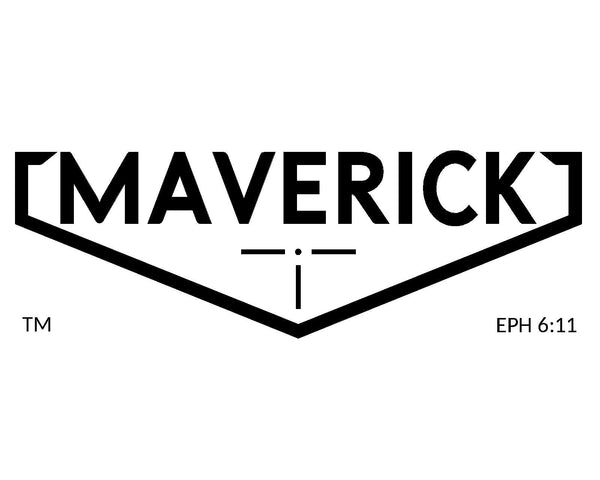What is body armor? What armor is right for you?
Share
When you hear about body armor, you may be inclined to think about military or police needing protection. While this is true, body armor is also utilized among many Civilians every day who also seek protection from firearms. I will go over the basics on what body armor is in this article.
What is Body Armor?
Body armor is protective gear that is worn on the body that protects you from various threats depending on the rating of the armor. Body armor that is used today was closely modeled after the armor of medieval knights. While the armor used today protects from firearm threats as opposed to a sword.
Body armor today has different levels that determine what projectile the armor will stop, these levels are determined by the National Institute of Justice. Below are the different armor levels and what projectiles they are rated to stop according to NIJ 0101.06.
Level IIA armor stops 9mm and .40 S&W ammunition fired from short-barrel handguns (no rifle ammunition protection).
Level II armor stops 9mm FMJ (Full Metal Jacket) and .357 Magnum rounds from short-barrel handguns (no rifle ammunition protection).
Level IIIA armor has been tested to stop 9mm FMJ and .44 Magnum rounds from longer barrel handguns (no rifle ammunition protection).
Level III armor stops 7.62x51 FMJ lead core rifle ammunition
Level IV armor has been tested to stop .30cal steel core armor piercing rifle ammunition
The only other level of armor is Level III+, the reason this isn't stated above is because it is not yet recognized by the NIJ. Level III+ is a level in between Level III and Level IV. All body armor manufacturers have a slightly different Level III+ but generally this level protects from 5.56, 5.56 green tip, and even Military issue M855A1 steel core armor penetrating 5.56.
The last basic information to know is that there is soft body armor, and hard body armor. Typically, Level IIA-IIIA come in a soft form. Made up of Aramid Kevlar material, they are flexible and very lightweight. Level III-IV on the other hand are composed of either steel or a ceramic and composite combination making this armor a little heavier and not flexible. There are outliers to this but typically this is how armor works as of right now.
How to wear body armor
As I said above, there is soft and hard armor. Typically soft is worn inside a thin vest or shirt that is made specifically for the armor allowing it to be more concealed and less tactical looking. On the other hand, hard is usually made in 10x12" or 11x14" plates that are made to fit into a Plate Carrier. Plate carriers are tactical vests that have pockets in the front and back to insert the hard armor plates into.
There are so many different combinations to wear body armor, what protection you want and how you want to wear it. It all comes down to personal preference depending on what you do and how often you would use it. For example, if you wouldn't be wearing it a lot then consider getting the cheaper but heavier Steel Level III armor but if you wear it often and think you might want higher protection then consider getting the more expensive but lighter weight Level III+ composite armor.
Summary
Body armor is a great way to stay protected against threats. Choosing the right level and wearing options is the main thing to focus on while looking for body armor, but as always, do your due diligence and take your time deciding because it may save your life.
